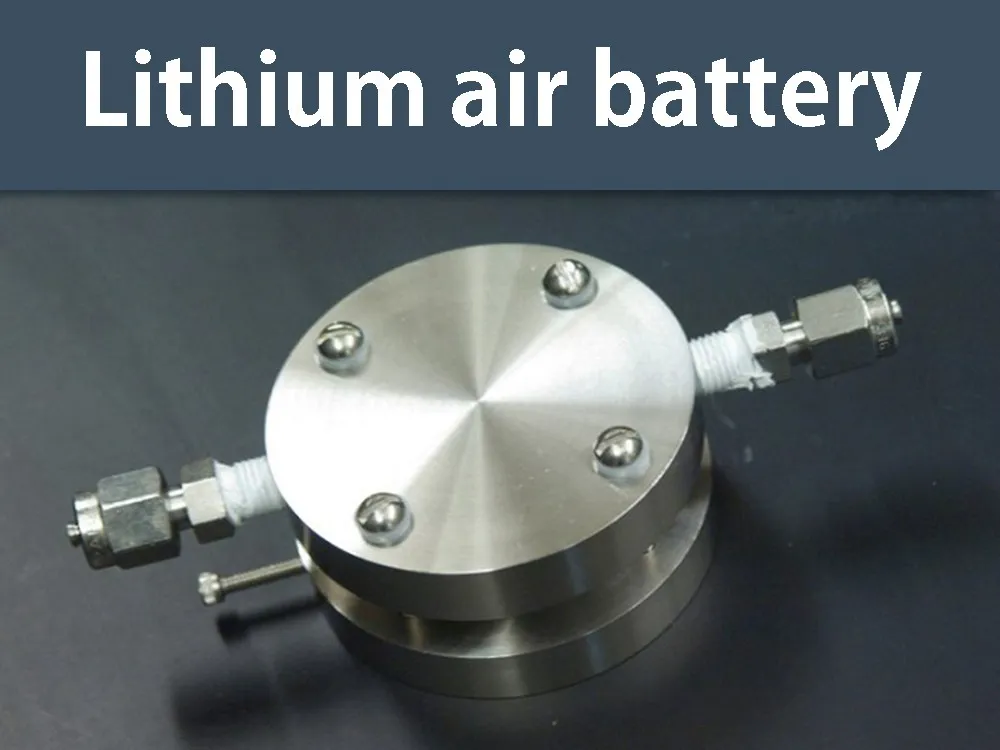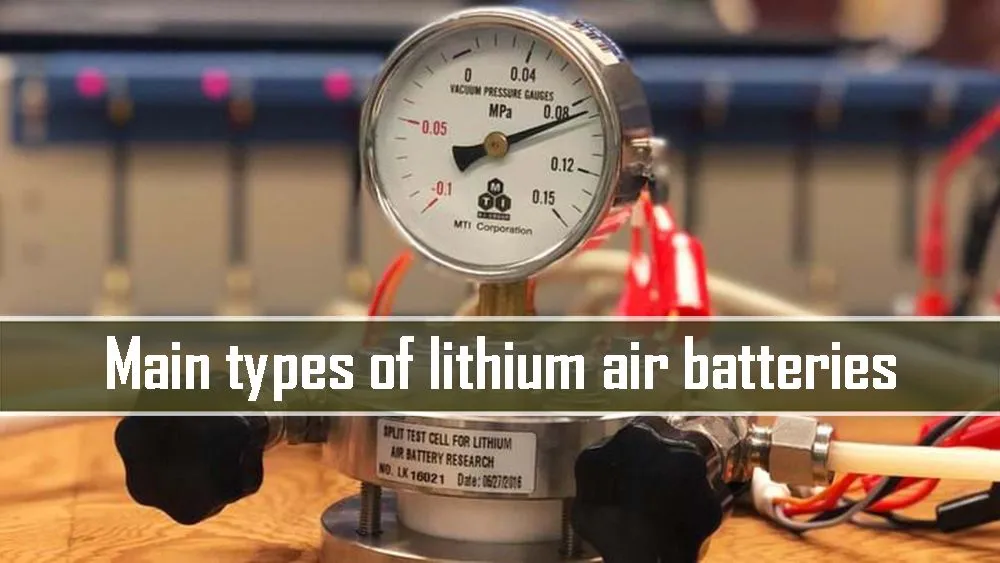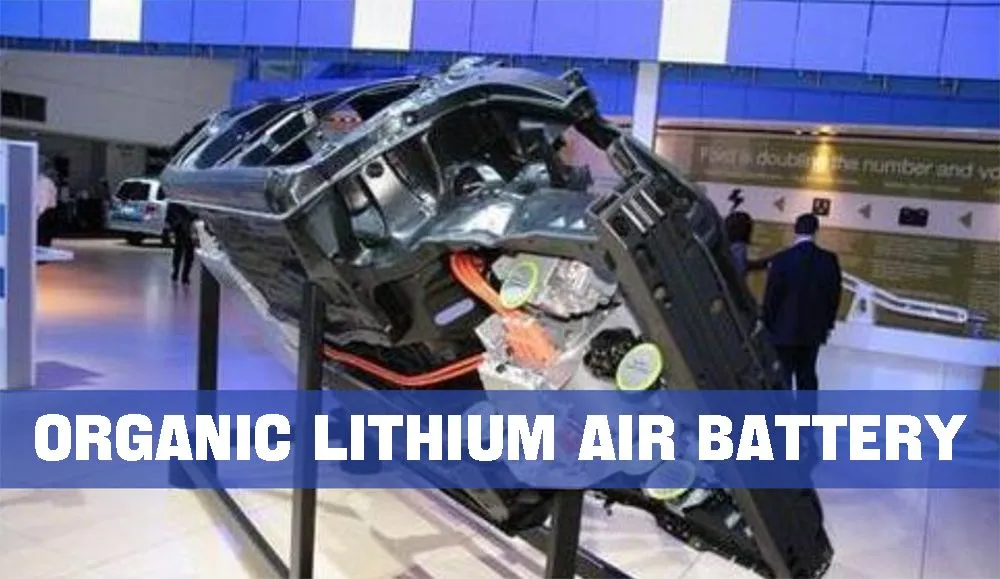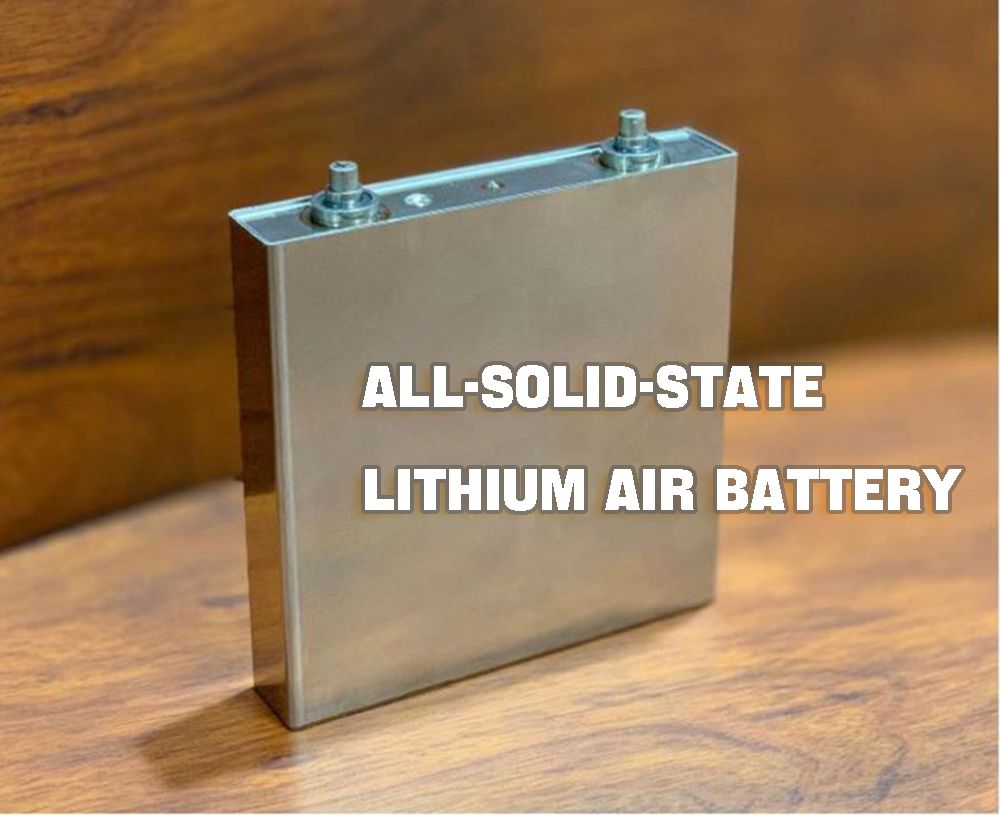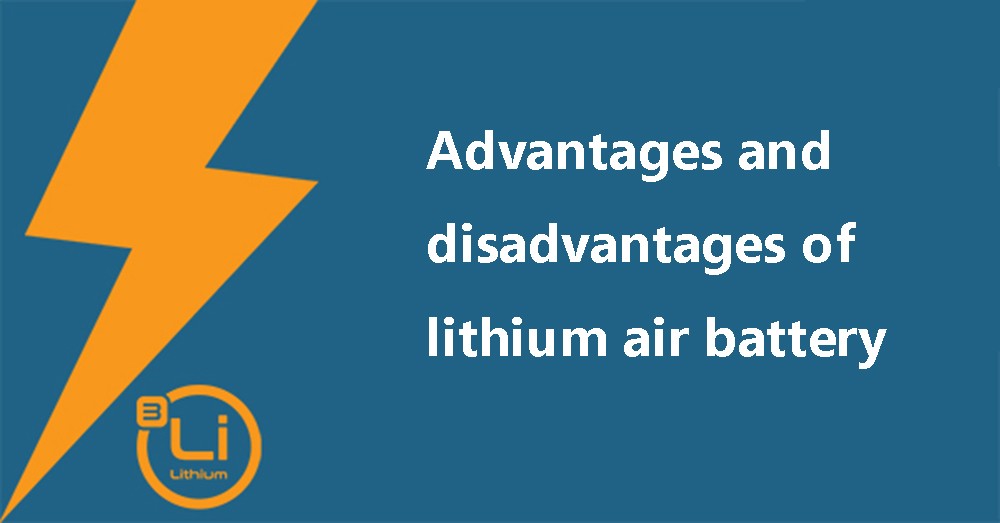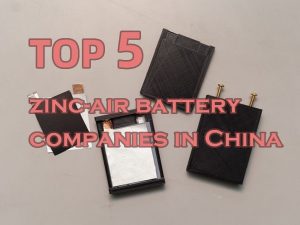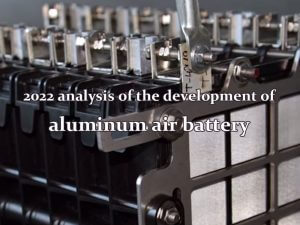Lithium air battery types - advantages and disadvantages
Lithium air battery uses oxygen as the cathode reactant and metal lithium as the anode. It has a high theoretical energy density (3500wh/kg), and its actual energy density can reach 500-1000wh/kg, which is much higher than the conventional lithium-ion battery system.
Lithium air battery is composed of cathode, electrolyte and anode. In the non-aqueous battery system, pure oxygen is mostly used as the reaction gas at present, so lithium air battery can also be called lithium oxygen battery.

In 1996, Abraham et al successfully assembled the first non-aqueous lithium air battery in the laboratory. Then researchers began to pay attention to the internal electrochemical reaction and mechanism of non-aqueous lithium air battery; In 2002, Read et al. found that the electrochemical performance of lithium air battery depends on the electrolyte solvent and air cathode material;
In 2006, Ogasawara et al. used a mass spectrometer to prove for the first time that Li2O2 was oxidized and released oxygen during charging, which confirmed the electrochemical reversibility of Li2O2. Lithium air battery has therefore received a lot of attention and rapid development.
Lithium air battery composition and working mechanism
Metal-air batteries, since their main active substance, oxygen, comes from the atmosphere, do not require special containers for storage, thus reducing the overall mass of the battery, allowing the battery to have enough space to provide more energy. In theory, the capacity of the battery depends only on the capacity of the anode metal material.
However, among most metal anodes, lithium metal has the lightest mass (Mw = 6.94 g mol-1, ρ = 0.535 g cm-3) and an electronegativity of ‒3.045 V (compared to the SHE potential of a standard hydrogen electrode) , the theoretical specific capacity of lithium metal is 3860mAh/g,
Based on this calculation, the theoretical specific energy density of the lithium-air battery is 5,200 Wh/kg (considering the oxygen mass of the active material) or 11,400 Wh/kg (calculated by excluding the oxygen mass of the active material), its specific energy density is close to that of traditional gasoline (about 13,200 Wh/kg), and about 5 to 10 times that of traditional lithium-ion secondary batteries. It’s all in theory here.
The main types of lithium air batteries
Lithium air battery, the cathode is a pure metal lithium sheet, which contains a large amount of catalyst air positive electrode and electrolyte. The type of electrolyte is different, and its working process is also slightly different.
According to the electrolyte system, lithium air battery is mainly divided into organic electrolytic liquid (non-aqueous electrolyte system), aqueous electrolyte system, mixed electrolyte system and all-solid electrolyte system.
Overall, lithium air batteries can be divided into six categories: organic systems, Aqueous, ionic liquid systems, organic-aqueous dual electrolyte systems, all-solid-state systems, and lithium-air-supercapacitor batteries.
Aqueous lithium air battery
Aqueous electrolyte lithium air battery, the electrolyte is a variety of aqueous solutions with different pH values, in different acidic and alkaline electrolytes, the chemical reactions of the battery are also different. Since metal lithium can undergo violent redox reactions with water, it is necessary to coat a layer of lithium ion conduction film stable to water on the surface of metal lithium, that is, NASICON type super lithium ion conduction film (LTAP) Li3M2(PO)4. However, it is not stable in contact with lithium, and the reaction product will increase the interfacial impedance between the two.
The concept of Aqueous lithium air battery was put forward earlier, it does not have the problem of air electrode reaction products clogging the air electrode in the organic system, however, the protection of lithium anode has not been well resolved, including the stability of LTAP in aqueous solution, which is still the research direction of this system. Lithium metal is severely corroded in aqueous electrolytes, and the self-discharge rate is particularly high, making the battery cycle and Coulombic efficiency very low.
Organic lithium air battery
The system uses lithium metal as the anode, oxygen as the cathode, polyacrylonitrile (PAN)-based polymer as the electrolyte (solvent PC, EC), the open circuit voltage (OCV) is about 3V, and the specific energy (not included in the battery case) is 250-350Wh/kg.
Since the organic solvent is used as the electrolyte, the corrosion problem of metal lithium is solved, and the battery exhibits good charge and discharge performance. The air electrode is made of carbon, binder, non-carbon catalyst, and solvent, which are evenly mixed and coated on the metal mesh.
The prepared air electrode should have good electronic conductivity (>1S/cm), ion conductivity (>10~2 S/cm) and oxygen diffusion coefficient. The most obvious factors affecting battery performance are the electrode material of the air electrode, the oxygen reduction mechanism, and the corresponding kinetic parameters.
Among the above reaction products, only the reaction of lithium peroxide Li2O2 is reversible, in other words, researchers need to try their best to increase the proportion of lithium peroxide in the reaction and reduce the proportion of lithium oxide in order to realize the cycle charge and discharge capability of lithium air battery.
There is no unanimous opinion on the factors that specifically determine the type of product. Some think that the polarization level of the air electrode affects the ratio of peroxide, some think that the catalyst has a greater influence, and some think that the electrolyte material plays a major role.
Aqueous-organic two-liquid system lithium air battery
Aqueous-the basic form of lithium air battery of organic two-liquid system, the anode metal lithium in the battery is in the organic electrolyte, the electrolyte on one side of the cathode air electrode is KOH aqueous solution, and the middle is separated by a super lithium ion conductive glass film (lithium super-ionic conductor glass film, LISICON).
The novelty of this new configuration lithium air battery is that there is no need to worry about the air electrode reaction product clogging the micropores of the electrode in the organic system, and the oxygen in the aqueous phase is reduced to water-soluble LiOH on the air electrode. The diaphragm, a key component in the technology, has poor alkali resistance, and its resistance is related to the discharge current density, which is an unsatisfactory difficulty in this technical route.
All solid state lithium air battery
All solid-state lithium air battery, the electrolyte in the middle is composed of 3 parts, the middle layer has the largest proportion of glass ceramics with good water resistance, and there are two thin layers of different polymer materials near the lithium anode and the oxygen cathode.
The all-solid lithium air battery has no liquid leakage problem, and the safety has been improved. However, the contact between the solid electrolyte and the lithium anode, the air electrode, and the interior of the solid electrolyte will not be as close as that of the liquid electrolyte, which may cause an increase in the internal resistance of the battery. Compared with the organic system lithium air battery, the structure of the system is also more complicated.
The development of solid-state lithium air battery has experienced the working temperature from high temperature to medium temperature and room temperature, and the battery structure from complex to simple. The battery reaction is from the generation of discharge products at the anode based on oxygen ion transport to the process of producing discharge products at the cathode based on lithium ion transport.
Nevertheless, due to the huge gap in rate performance, the current solid-state lithium air battery based on lithium ion transport needs to make further breakthroughs in battery structure, interface regulation, charge and discharge mechanism, etc.
Ionic liquid system lithium air battery
What is an ionic liquid, a salt solution composed of organic cations and anions. The aim is to use the cations in the electrolyte to transfer charge between the lithium anode and the oxygen cathode.
Ionic liquids have been introduced into lithium air batteries due to their low flammability, hydrophobicity, low vapor pressure, wide electrochemical window and high thermal stability, however, its high viscosity and high price limit the further application of ionic liquids to a certain extent.
Advantages and disadvantages of lithium air battery
Advantage
1) Low cost, the cathode active material uses oxygen in the air, no storage or purchase cost is required, and the air electrode uses cheap carbon carriers.
2) High energy density, compared with traditional lithium-ion batteries, lithium air battery has an energy density of 5,200 Wh/kg, and its energy density can reach 11,140 Wh/kg without counting the mass of oxygen, which is an order of magnitude higher than existing battery systems.
3)Environmentally friendly, lithium air battery does not contain toxic substances such as lead, cadmium, and mercury, and is an environmentally friendly battery system.
Disadvantage
Generally speaking, there is a large proportion of irreversible components in the lithium air battery reaction product, which is an unavoidable problem that cannot be avoided by various technical routes and must be solved head-on. The shortcomings in each technical route have basically been mentioned in the classification and existing problems, and will not be repeated here.
Other lithium-ion battery knowledge articles include, ternery lithium battery, aa lithium batteries, etc.

